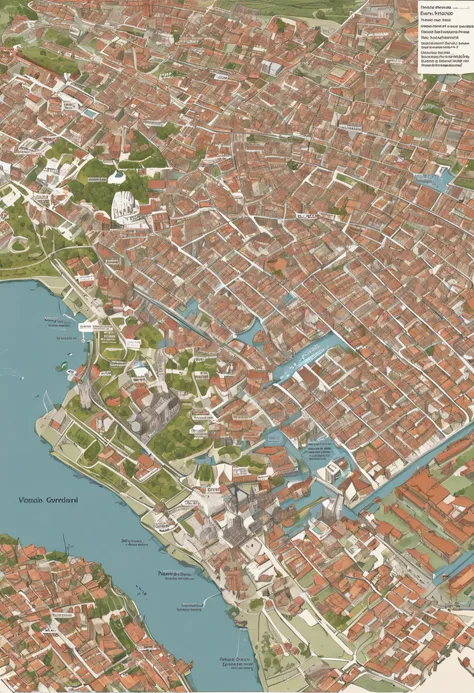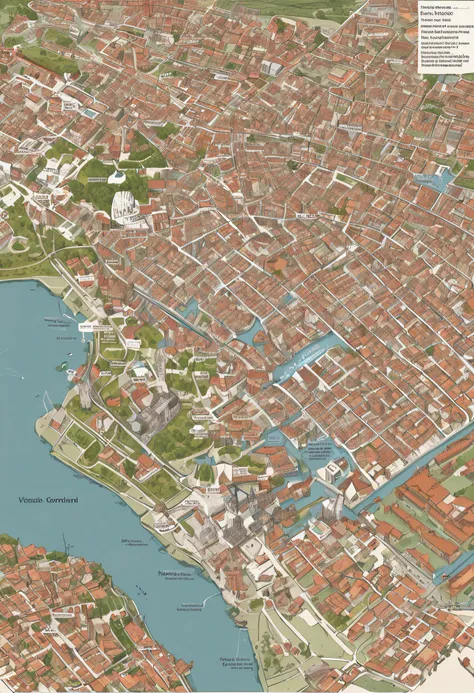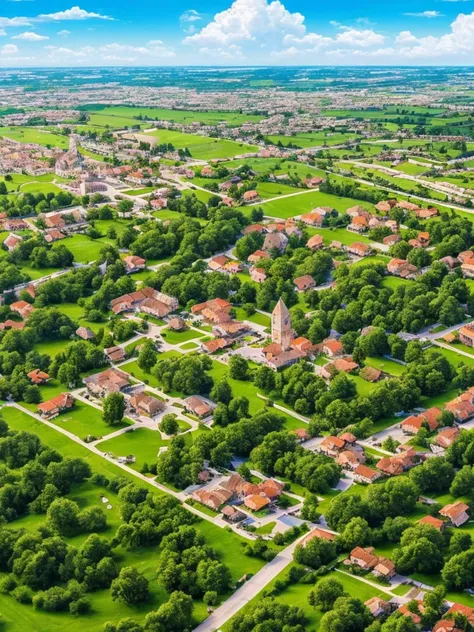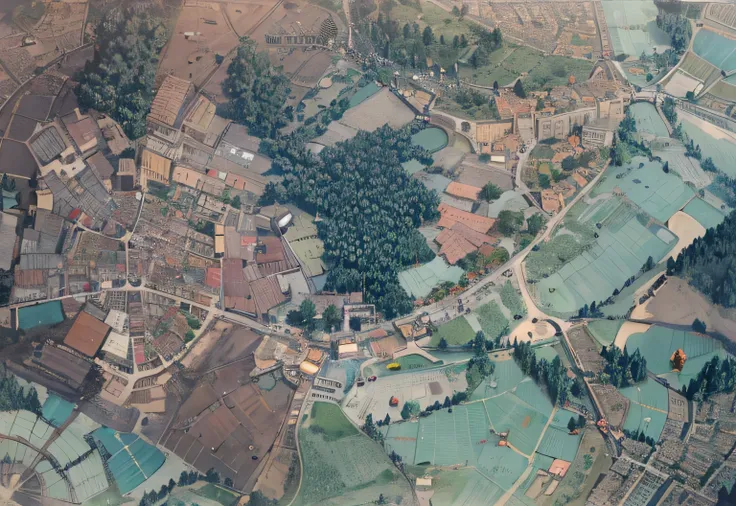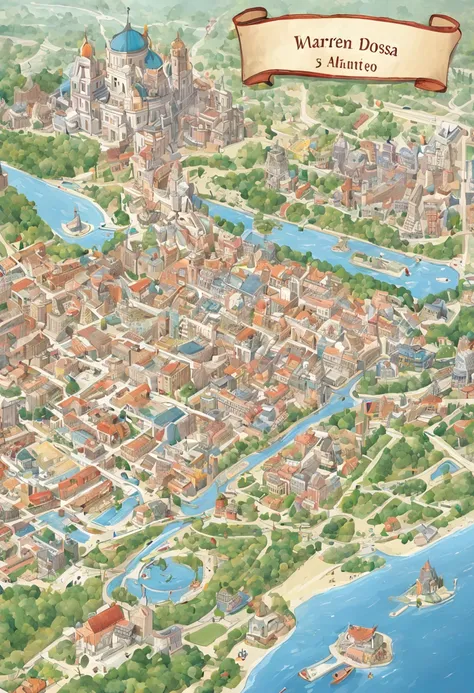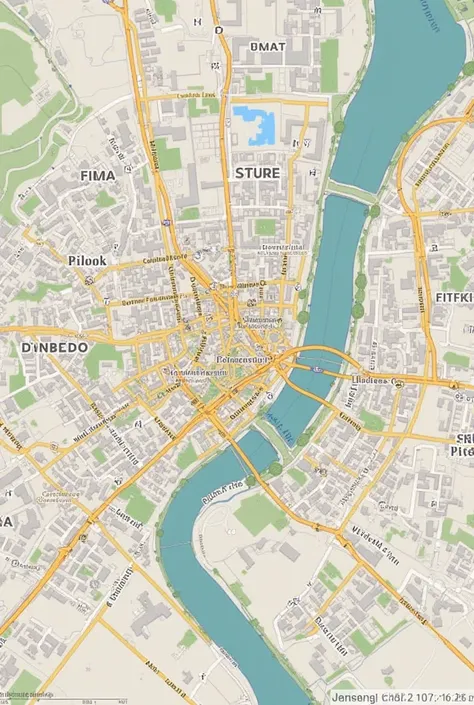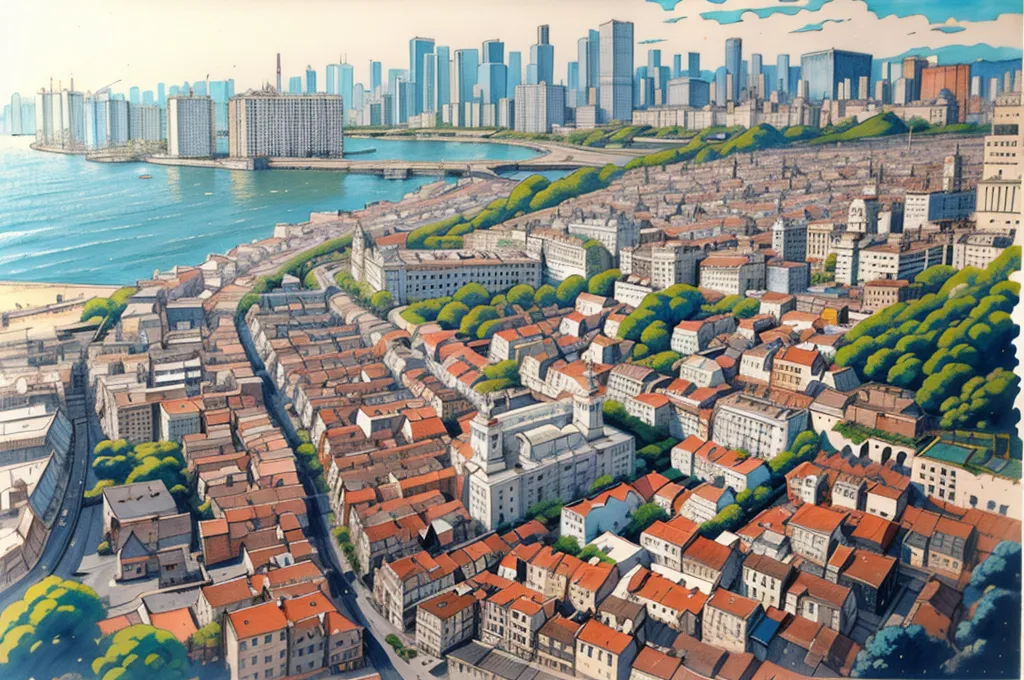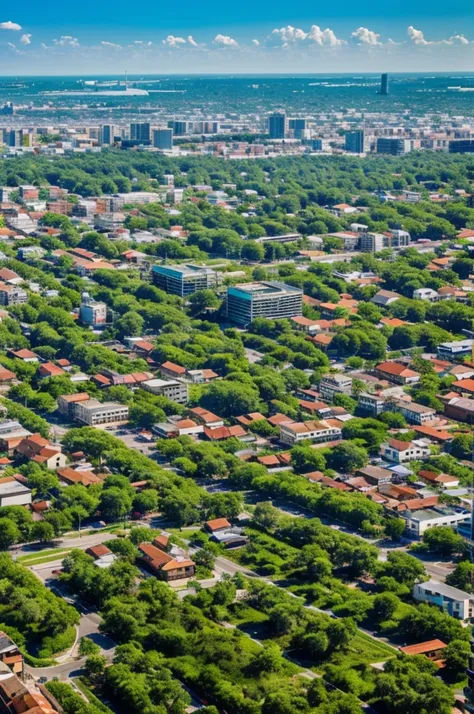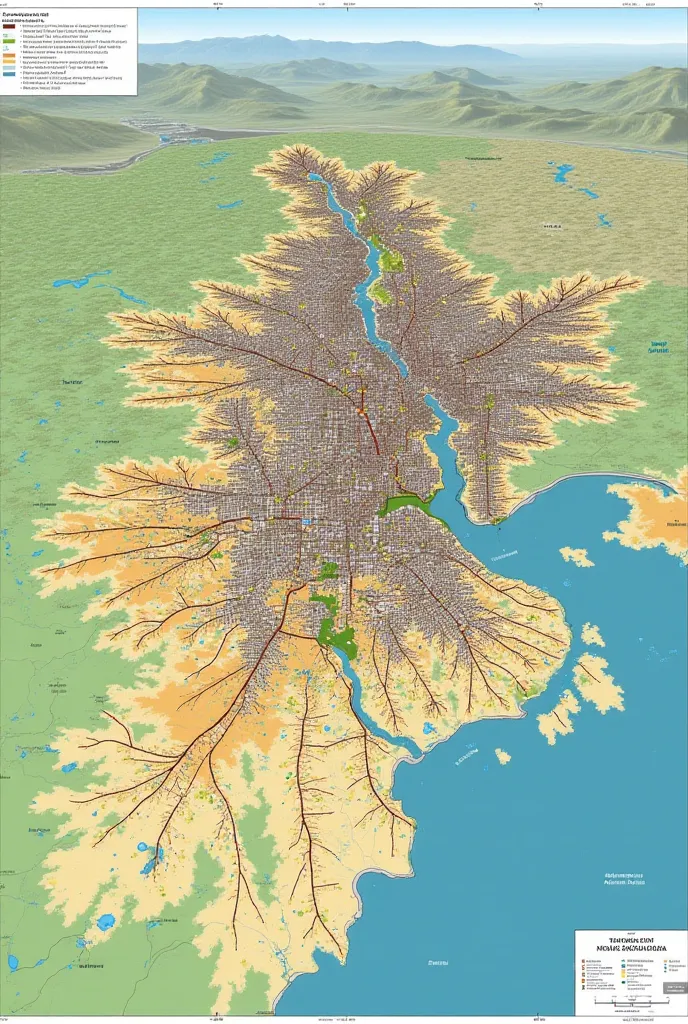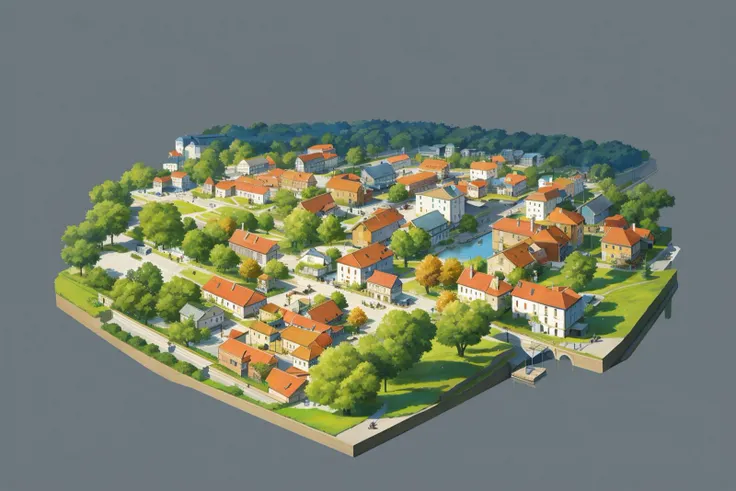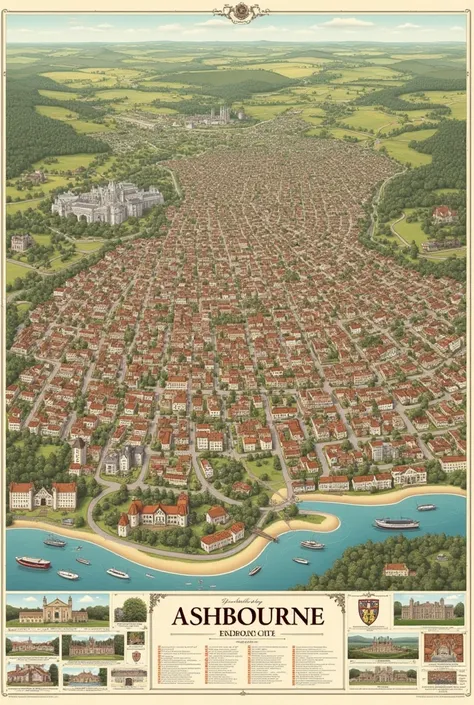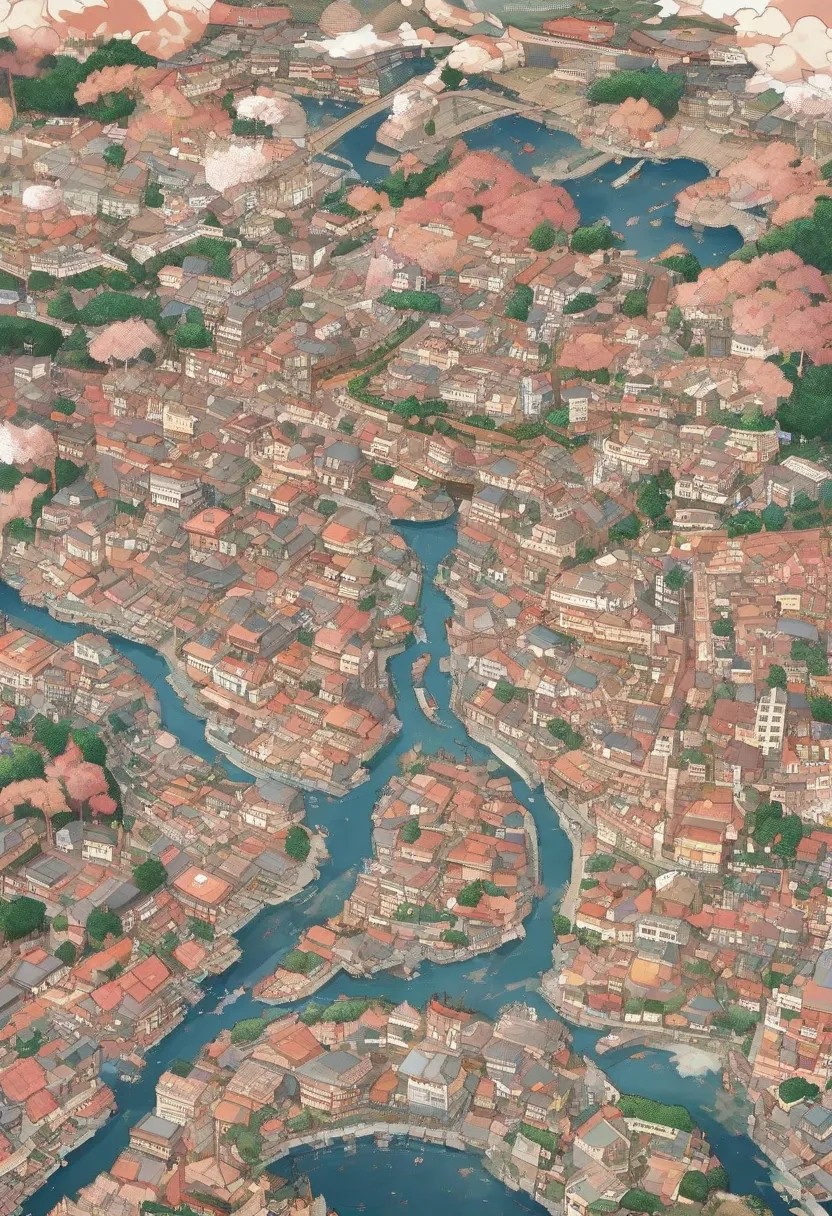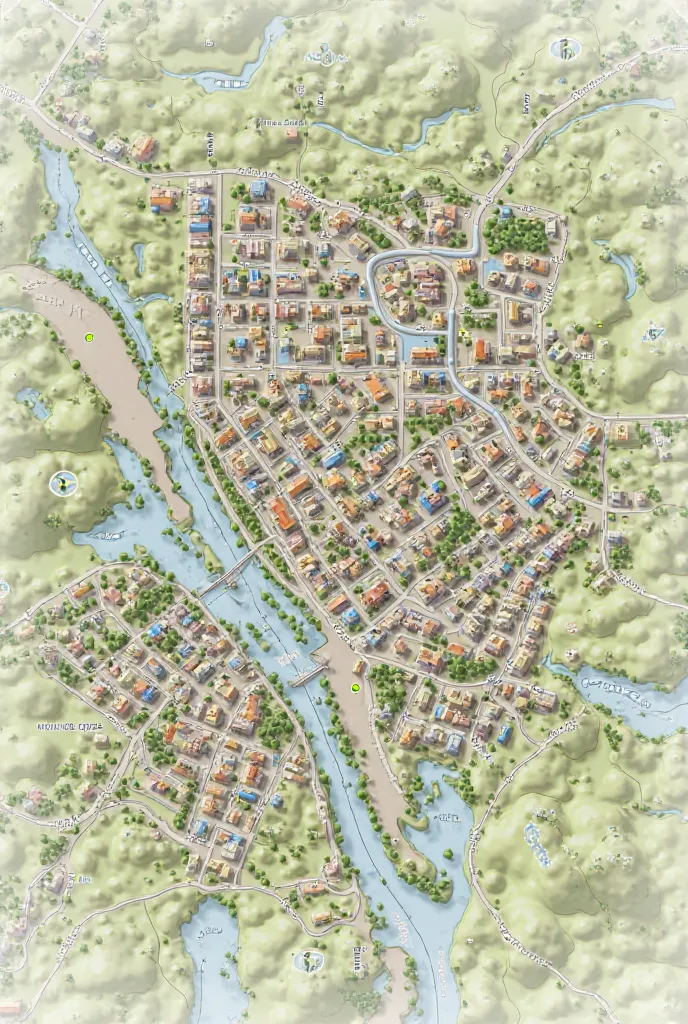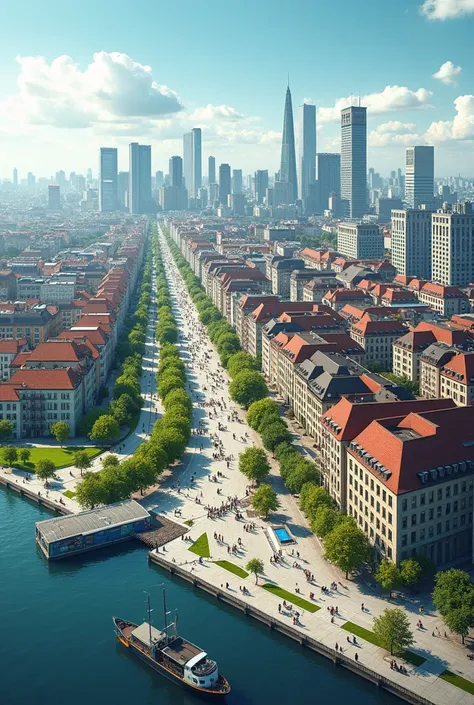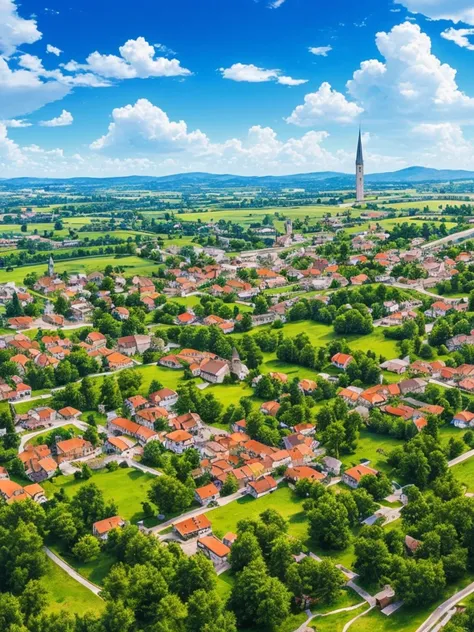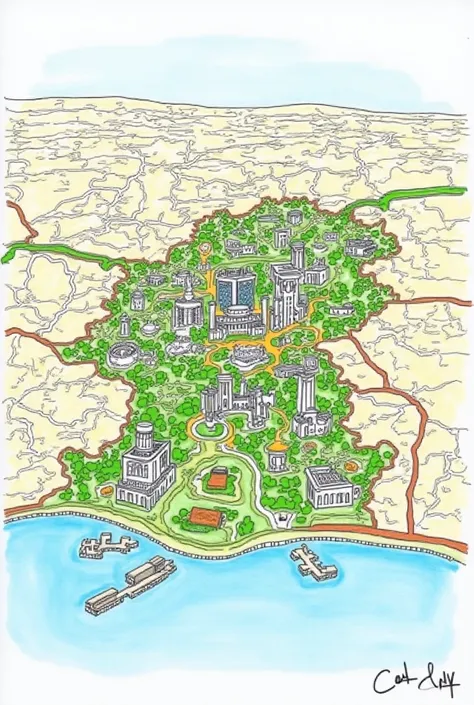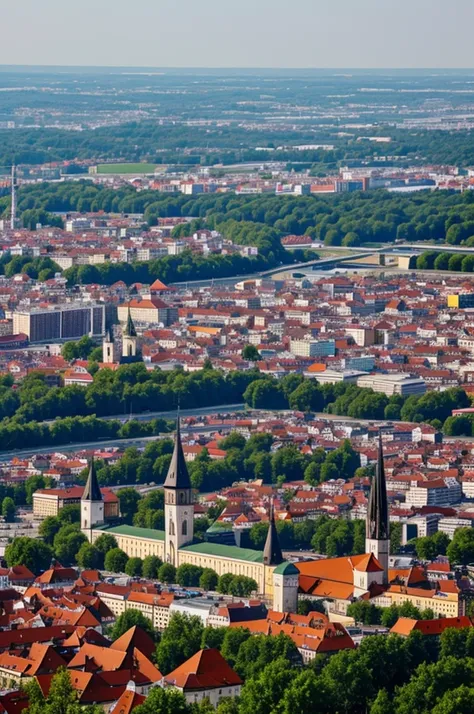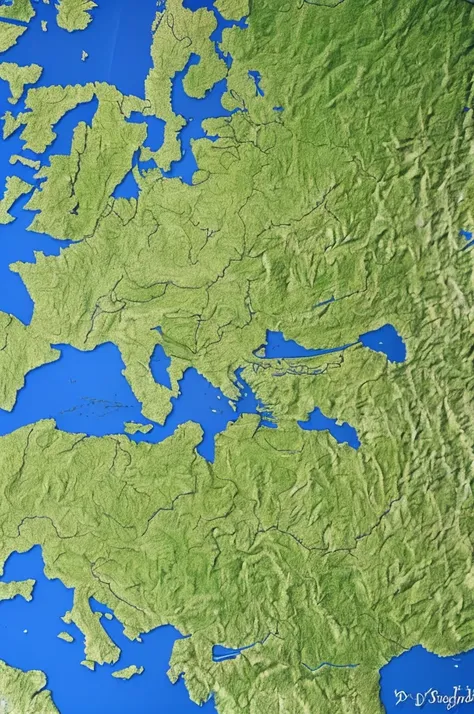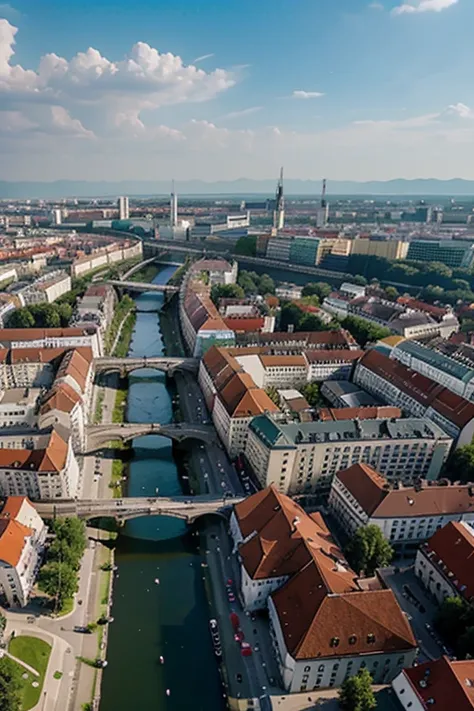Arafed map of a city with a river and a large body of water
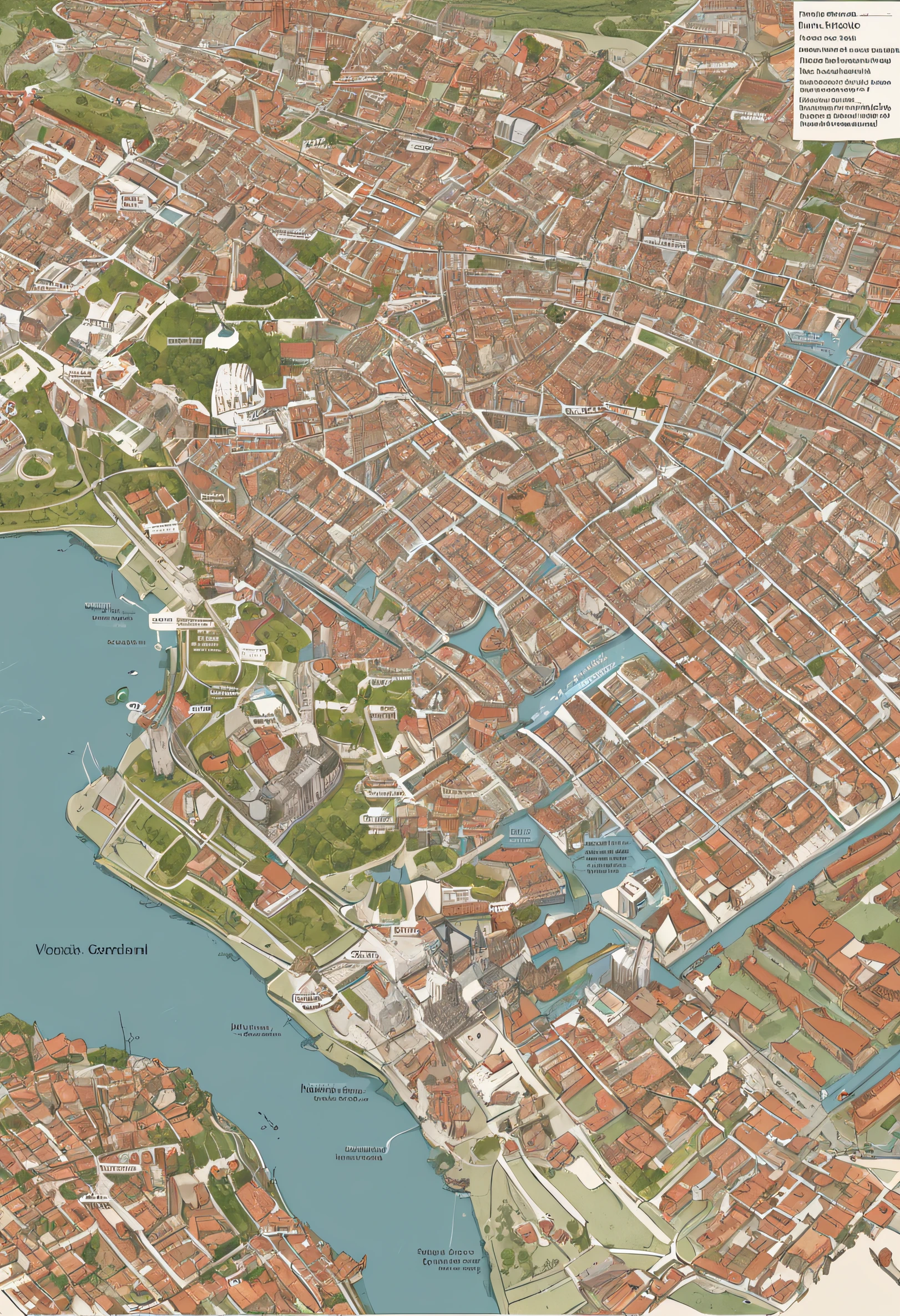
a map that contains Historic Center: Many medieval cities had a historic center, which was often surrounded by walls or fortifications for protection. This historic center would include important buildings, como castelos, igrejas, Squares, Markets and residences of nobles. Distrito Comercial: Usually located near the historic center, The business district was the economic heart of the city. Aqui, you would find markets, feiras e lojas que vendiam uma variedade de produtos, from food to handicrafts and other goods. Distrito Residencial: Medieval cities had areas where people lived. Nobles and the rich often lived near the historic center, while ordinary citizens lived further away. Residential neighborhoods could be divided based on social classes or even professions, creating areas where specific groups of people lived. Distrito Religioso: As igrejas, Monasteries and other religious buildings were often grouped into a religious district. Isso poderia incluir uma catedral proeminente, capelas e outros locais de culto. Distrito Industrial: Depending on the size of the city and local economic activities, there could be an area dedicated to industrial activities, como artesanato, production of manufactured goods and processing of raw materials. Agricultural District: Some medieval cities had areas in the vicinity where agriculture and animal husbandry took place. These areas could provide food and resources for the city. Distrito Militar: Em cidades fortificadas, There was often a district that housed barracks, military supply warehouses and other defense-related buildings. Water District: If the city was located near a river, lago ou mar, There could be a district focused on water-related activities, como portos, Docks and shipbuilding.
Prompts
Copy
a map that contains Historic Center: Many medieval cities had a historic center
,
which was often surrounded by walls or fortifications for protection
.
This historic center would include important buildings
,
como castelos
,
igrejas
,
Squares
,
Markets and residences of nobles
.
Distrito Comercial: Usually located near the historic center
,
The business district was the economic heart of the city
.
Aqui
,
you would find markets
,
feiras e lojas que vendiam uma variedade de produtos
,
from food to handicrafts and other goods
.
Distrito Residencial: Medieval cities had areas where people lived
.
Nobles and the rich often lived near the historic center
,
while ordinary citizens lived further away
.
Residential neighborhoods could be divided based on social classes or even professions
,
creating areas where specific groups of people lived
.
Distrito Religioso: As igrejas
,
Monasteries and other religious buildings were often grouped into a religious district
.
Isso poderia incluir uma catedral proeminente
,
capelas e outros locais de culto
.
Distrito Industrial: Depending on the size of the city and local economic activities
,
there could be an area dedicated to industrial activities
,
como artesanato
,
production of manufactured goods and processing of raw materials
.
Agricultural District: Some medieval cities had areas in the vicinity where agriculture and animal husbandry took place
.
These areas could provide food and resources for the city
.
Distrito Militar: Em cidades fortificadas
,
There was often a district that housed barracks
,
military supply warehouses and other defense-related buildings
.
Water District: If the city was located near a river
,
lago ou mar
,
There could be a district focused on water-related activities
,
como portos
,
Docks and shipbuilding
.
INFO
0 comment
0
0
0










